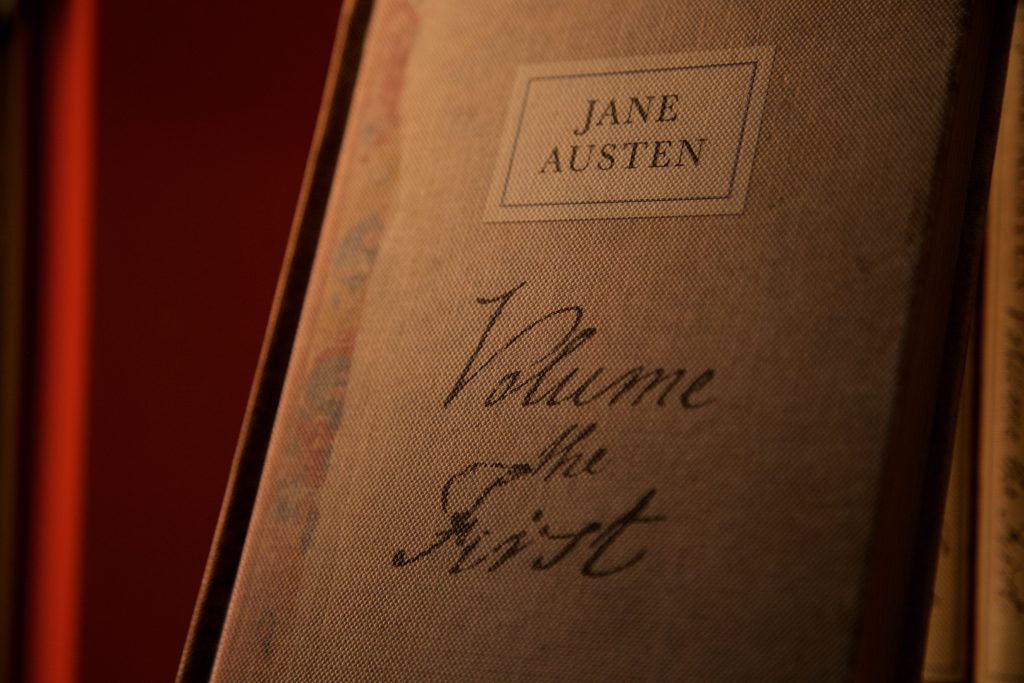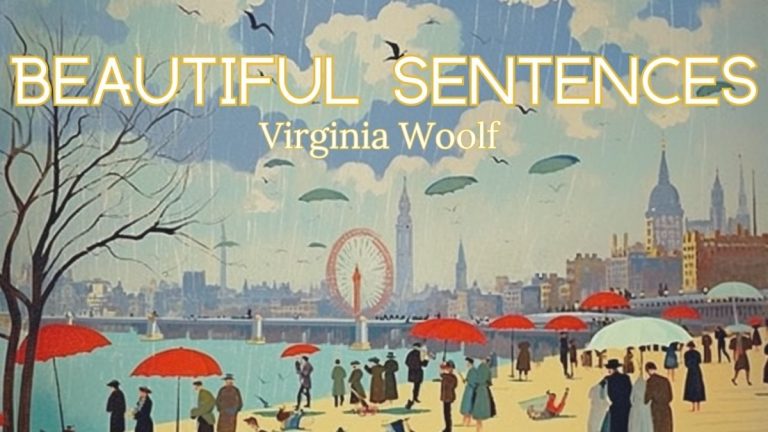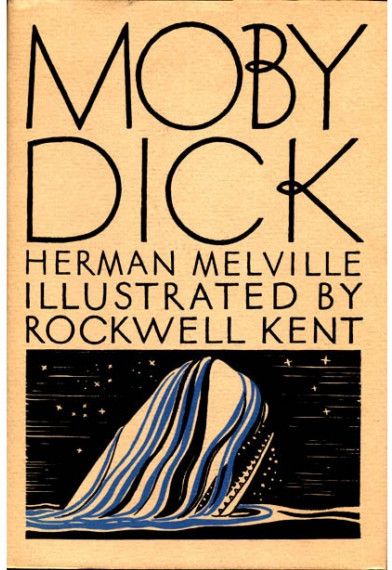Deliberate Practice: Pride and Prejudice. How Jane Austen Writes So Well.

Deliberate Practice with Rhythm and Music.
Deliberate Practice: Pride and Prejudice.
I have been doing my own deliberate practice for almost a year by copying out the works of great writers by hand and analysing the beginnings of great stories and working out why the writing sounds so good.
Rather than putting it down to inspiration, I have tried to seek out the signs of writerly craft.
What is the secret to arranging the words in so sonorous a way?
I have tried to cut the cake in so many ways: from diagramming sentences, studying clauses, to perusing all the periods. But still, the essence of the good writing eluded me.
I am not talking about the meaning of the words. Writing is good not because of what the writer says, but the sound of how they are saying it.
For a while, I tried looking to see whether patterns of adverbial clauses or appositive clauses made a difference, but concluded it wasn’t the type of clause.
The arrangement of clauses rather than their type definitely makes a difference. Both cumulative and periodic sentences (see here) are effective, and they are all about clause position.
After much pondering, I think it’s not the clause type, but the pause introduced by clauses that matter: it’s the rhythm.
It’s not the semantics, but the music that matters. Music is made up of rhythm, repetition and melody,
We already know that rhetorical devices work. Rhetorical devices are to do with symmetry, repetition and sound effects rather than meaning.
So, I think it’s not the clause type that matters, but the spaces in between, the intakes of breath.
Music is all about patterns. I ears hear rhythm and repetition without any need to analyse, and we find it pleasing. I think pleasing writing appeals for the same reasons.
I may be wrong, but I think I’m onto something.
Let’s look at Jane.
Deliberate Practice: Pride and Prejudice by Jane Austen.
Not all that Mrs. Bennet, however, with the assistance of her five daughters, could ask on the subject was sufficient to draw from her husband any satisfactory description of Mr. Bingley. They attacked him in various ways; with barefaced questions, ingenious suppositions, and distant surmises; but he eluded the skill of them all; and they were at last obliged to accept the second-hand intelligence of their neighbour Lady Lucas. Her report was highly favourable. Sir William had been delighted with him. He was quite young, wonderfully handsome, extremely agreeable, and to crown the whole, he meant to be at the next assembly with a large party. Nothing could be more delightful! To be fond of dancing was a certain step towards falling in love; and very lively hopes of Mr. Bingley’s heart were entertained.
Pride and Prejudice, Jane Austen, Chapter 3
Sentence Length
[*****,*******,********************.]
[******; ***, **, **;********;*****************.]
[*****.]
[*******.]
[****,**,**,*****,************.]
[*****!]
[*************;**********.]
We know that the alternation of long and short sentences is pleasing. She does that here.
Clause Arrangement
See here for key to annotation scheme.
[( >, (), ) __ ].
[__ ( ,,, ) ; ] [ = __ ] ; [= __ ( ) __ ].
[ __ ].
[ __ ].
[ __ , ,] [= ( ) __ ].
[__]!
[__] [= __ ].
I’m not sure that tells us much. Jane alternates simple sentences with more complex, clause-ridden ones and uses coordinating conjunctions to chain her sentences ( “polysyndeton”).
Deliberate Practice: Pride And Prejudice: Rhythm And Metre
I have to do this by ear. Also, stresses in English are not all the same; there are secondarily stressed syllables as well as stressed and unstressed ones. To show that might be a little confusing, however, so I have satisfied myself with only showing the two.
So, by my ear:
[ u S u u S u # u S u # u u u S u u u S S u # u S u u S u u u S u u S u u S u S u S u S u u u S u u S S u]
[ u u S u u S u S # u S u S u # u S u u S u S u # u S u u S u # u u u S u u S u u S # u u u u S u S u u S u S u S u S u u u u S u S u S u]
[ u u S u S u S u u u ]
[u S u u u u S u u u ]
[ u u S S # S u u u S u # u S u u S u u # u u S u S # u S u u u u S u S u u u S S u]
[S u S u S u S u]
[u u S u S u u u S u S u S S u u S # u S u S u S u S u S u S u S u S]
Of course uSuSuS are iambs: x / x / x /
The next common one is ‘uSuuSu’ which is an iamb followed by an anapest followed by an unstressed syllable. I don’t know what you call this.
But Austen uses this ‘uSuuSu’ a lot at the beginning and then stops, falling into a more generally iambic rhythm. In any case, there patterns of repetition in the rhythm. Just like in music, the ear delight in establishing a rhythm and then departing from it in predictable ways.
Alliteration and Assonance
We have considered the beat, let’s now listen to the melody.
[. . . . ., ., . . . . . . d, . . . . . s . s . d . . . -d. . d. . . ]
[. . . . . .; . . . , . s, . d s; . . . . s . . . ; a . . a . . a. . s. . . . l l ]
[ . . . . .]
[ . . . . d . . ]
[ . w . . , w h, . . . . h, h . . . . . . ]
[. . . .d]
[. . . d . . . s s . . l, . . l . . . . . ]
If we look at alliteration and the accent we get:
[ u S u u S u # u S u # u u u S u u u S S u # u S u u S u u u S u u S u u S u S u S u S u u u S u u S S u]
I didn’t do the rest because it was plain to see that though the alliteration often coincides with the accent (the stressed syllables), this is not always so. They work independently.
Rhetorical Devices
In considering formal rhetorical devices, and there are so many I may have missed some, we have a tricolon: four syllables; eight syllables; five syllables, so not an ascending tricolon.
They attacked him in various ways; with barefaced questions, ingenious suppositions, and distant surmises;
Another tricolon.
He was quite young, wonderfully handsome, extremely agreeable
This is two syllables, seven syllables and and seven (to my ear the -le is syllabic, not part of the -ble syllable. Again, it isn’t an ascending tricolon (e.g. Friends, Romans, Countrymen! where each item has more syllables than the one before).
And she has an aphorism. We love aphorisms, pithy generalisations that make the world seem predictable. I have an inkling that we like them in the same way that we like conspiracy theories, they serve to make an unpredictable world seem certain.
I have my own aphorism then:
“Aphorisms make unpredictable patterns seem certain truths”.
Like the idea that:
To be fond of dancing was a certain step towards falling in love
It may be nonsense, but there’s something about an aphorism that sounds true, even when it obviously is not.
Deliberate Practice: Pride and Prejudice Conclusion
Jane Austen’s writing, here and probably elswhere, delights us because she skilfully uses the music of prose, the rhythm of accent, and the melody of alliteration and assonance. She also throws in some old rhetorical devices known to be crowd pleasers since at least the time of Cicero.
The next tip is how to manage these tricks ourselves.
In essence, I seem to be saying: trust your ears not your eyes. But then I believed that anyway.




